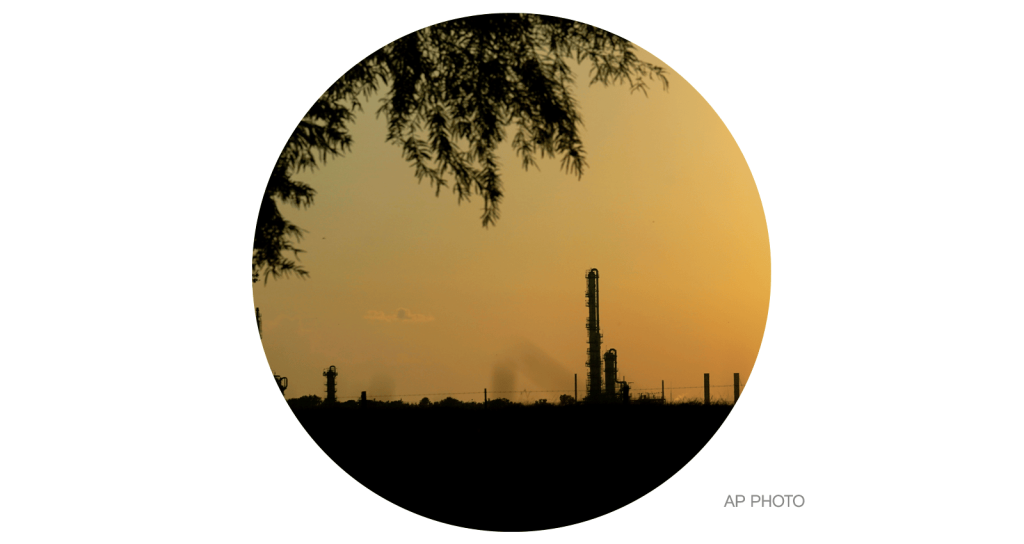It’s Friday, March 3, and Washington state’s cap-and-invest program is in full swing.
Washington state kicked off an ambitious effort to cut greenhouse gas emissions from big polluters on Tuesday when it held its first auction for carbon allowances.
The program, known as “cap-and-invest,” was signed into law by Governor Jay Inslee in 2021 as part of a broader piece of legislation called the Climate Commitment Act. It sets a gradually declining cap on the cumulative carbon emissions allowed from a swath of the state’s biggest polluters, including oil refineries, agribusinesses, and large universities like the University of Washington. The law applies to most businesses that emit more than 25,000 metric tons of CO2-equivalent greenhouse gases every year, requiring them to buy allowances from the state’s Department of Ecology for every metric ton of their emissions.
Allowances will become more expensive over time, making pollution increasingly costly. The system is designed to help Washington meet its goal of slashing climate pollution 95 percent below 1990 levels by 2050.
Environmental groups in Washington state cheered the $1.7 billion in revenue it’s expected to generate over the next two years, which will be used to fund further efforts to reduce climate pollution. “These investments will be absolutely critical to meet our greenhouse gas goals and ensure that we transition to clean energy,” Kelly Hall, Washington state director for the nonprofit Climate Solutions, told me.
Hall also applauded the program’s focus on environmental justice. The Climate Commitment Act requires that at least 35 percent of the revenue go toward projects that benefit “overburdened communities.” It also expands Washington’s air quality monitoring program so the state can crack down on industrial facilities and other polluters whose emissions disproportionately affect people of color.
Washington now joins more than a dozen other U.S. states that participate in a cap-and-trade program. Twelve of them — including Connecticut, Massachusetts, and New York — are part of the East Coast’s Regional Greenhouse Gas Initiative, which has regulated climate pollution from the region’s power sector since 2009. California established its own economy-wide cap-and-trade system in 2013. With Oregon regulators approving a carbon market for major polluters in late 2021, the entire West Coast is now subject to some version of a cap-and-trade system.
In the news
Global carbon dioxide emissions hit new highs last year, says IEA report
Steven Mufson, The Washington Post
➤ Read more
Boreal wildfires in 2021 released more carbon emissions than any other fire this century
Zoya Teirstein, Grist
➤ Read more
Fossil fuel companies donated $700 million to US universities over 10 years
Amy Westervelt, The Guardian
➤ Read more
China is building 6 times more new coal plants than other countries, report finds
Julia Simon, NPR
➤ Read more
NRDC staff moves to unionize
Robin Bravender, E&E News
➤ Read more
Biden’s first veto will be over ‘woke capitalism’
Lauren Leffer, Gizmodo
➤ Read more


